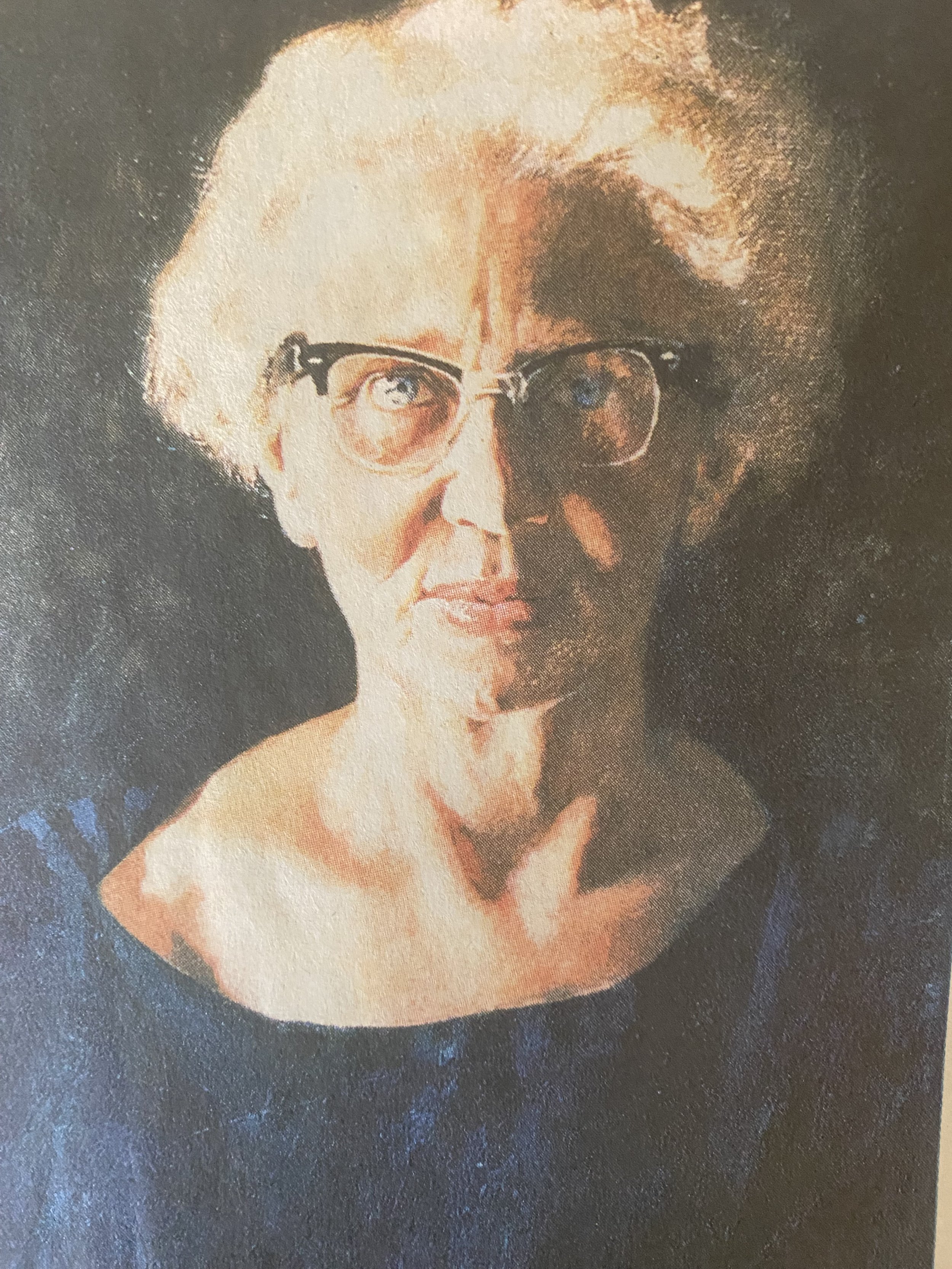Today is the birthday of Charlotte Ferencz (1921-2016), one of many stellar 20th Century female doctors and scientists who names are known mostly within their professions. She helps narrate my biography of the children’s doctor Helen Brooke Taussig, (A Heart Afire, MIT Press, 2023). The story begins in Charlotte’s living room.
She was at first a source who pointed me to other sources and helped interpret documents. But I soon recognized that as a witness to the rise of women in medicine and key events of Helen’s life, Charlotte was perfectly placed to frame Helen’s story. She agreed to play “a bit part” in the book after much cajoling. But in the history of women in medicine, her role is larger than life. One task she took on was to ensure that that history is accurate.
One of nine women in a class of 94 at McGill University School of Medicine, Charlotte arrived in Baltimore in 1949 on a fellowship to study in Helen’s world-famous children’s heart clinic at the Johns Hopkins School of Medicine. Unable to obtain a suitable job in Canada, she returned to Baltimore in the mid-1950s to run Helen’s rhematic fever clinic. Her disappointments were many, but her accomplishments greater than most women in her generation. She became a full professor at the University of Maryland School of Medicine in two fields, epidemiology & preventive medicine in 1978 and, in 1985, pediatrics. She directed the first large-scale investigation into the causes of children’s heart defects.
Until the day in 2011 that I knocked on Charlotte’s door at Charlestown, a suburban Maryland retirement community, I had never met a female physician of grandmotherly age. They existed, but not in large numbers. Until this generation, to live in an era when women doctors were common, you would have to return to colonial times, when women took care of their families out of necessity.
Like Helen, who moved to Baltimore to study medicine because Harvard didn’t admit women, Charlotte had to leave her family to fulfill her ambition. She also faced sorrow in childhood, her life forever changed by war. Today I remember her gentle, scholarly, and fun-loving nature. But above all, she possessed in enormous measure a quality that allowed her and so many other women in her era to succeed: courage.
PS: Charlotte refused to sit for a professional photographer, hence the blurred image here, taken by a neighbor passing by Charlotte’s door.




